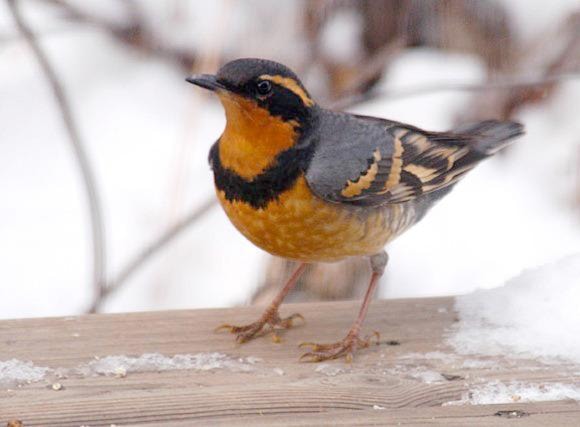Every year I look forward to taking part in a Christmas tradition involving birds — and I’m not talking turkeys.
I’m talking about the Christmas bird count.
Frank Chaplin would be amazed to see what he started back in 1900. Today, Christmas bird counts take place in more than 2,000 localities across the Western Hemisphere, including numerous locations in B.C.
Back in 1900, there was already a popular Christmas time recreational activity involving birds — shooting them.
That first year when bird enthusiast Chaplin got people interested in counting live birds instead, 27 observers took part in 15 different regions.
Last Christmas, the bird count featured a record number of observers: 72,653 in total, with 62,211 of these in the field. Canadian field observers numbered 10,123, while 3,918 stayed inside and watched their feeders.
The Christmas bird count is the longest running “citizen science” project around, facilitating the collection of useful scientific data by laymen observers. To take part in the Christmas bird count, you don’t have to be scientifically trained — you just need enthusiasm and some ability to identify birds.
Having long-term information on bird occurrence is very helpful for monitoring any changes that occur due to habitat loss, climate change or pollution. It’s keeping tabs on the “canary in the coal mine.”
Each location consists of a 24-km diameter circle. Organizers meet up with participants early in the morning and then teams fan out to different zones within the circle. At the end of the day, the birders usually meet over a meal and report their sightings.
If you have an interest in birds, it’s a great opportunity to hone your identification skills. Novices are put in teams led by long-time birders and I have found it has been a great way to learn my birds better.
It’s also exciting to explore the various parks and other natural areas in our region, knowing that just around the next corner there might be a bird that no other group has found that day.
I’ve participated in sunshine, in frigid cold or in heavy rain — regardless of the weather, it is an opportunity to get out there and enjoy the outdoors, while making a contribution to scientific knowledge.
Here is the local list for 2015-2016: White Rock/Langley Jan. 3; Abbotsford-Mission Jan. 2; Chilliwack Dec. 19; Ladner Dec. 27; Pitt Meadows Jan 2; and Vancouver Dec. 20.
For more info, see the British Columbia Field Ornithologists website at bcfo.ca/cbc-20142015-test/.
On the website you can look up your local count and then simply email the person in charge to sign up.
David Clements is a professor of biology and environmental studies at Trinity Western University.
